
|
|
|
|
|
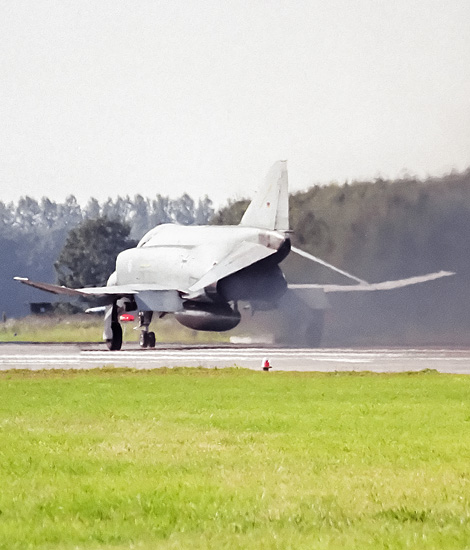
|
The History of Frisian Flag; Leeuwarden, September 5, 2000
International Exercise Frisian Flag, part 1; Text and Photograph's by Alex van Noye
The contemporary international exercise Frisian Flag was founded at the beginning of the 90s. In this period shortly after the Cold War, much would change for the European air forces and their tasks. The doctrines and the way of operating would change drastically. Frisian Flag was created to train these major changes.
The Berlin Wall fell on November 9, 1989, and in December 1991 the Soviet Union ceased to exist. With this event came an end to the Cold War and the military balance as it was at that time. Instead of preparing for a potentially symmetrical mass confrontation with the Soviet Union, the future was to focus on more small and mainly local conflicts. This would also bring about a major change for the Netherlands in how the defense apparatus would organize itself. With the new air force structure, the accent would mainly be shifted to out of area scenarios. These operations would mainly change to peace keeping operations and crisis management operations. The changed international strategic environment and changes at Defense have led to a transformation of the Royal Netherlands Air Force. The Air Force of the Cold War period has become an Air Force Command which is fully attuned to modern times. Since then, the air force has been conducting foreign operations at all levels of the force spectrum. All roles of airpower and all types of aircraft and helicopters have been deployed several times. In addition, the role of the air force in the national tasks in the Netherlands has increased. The Netherlands has reduced the number of fighter aircraft and guided weapons and invested more in helicopters and transport capacity. The Royal Netherlands Air Force eventually became smaller and more varied for customization during the various deployments. The pilots of the F-16s would be trained more in tactical deployment where small targets must be addressed in a tactical way.
The end of the Cold War meant a sudden transition from the bipolar balance of power to a unipolar world for the NATO member states. The world in which the main threats of the Soviet Union and the Warsaw Pact were clear made room for uncertainty, instability, continuous change and a search for a new structure. As a result of globalization, regional conflicts in other parts of the world than Europe alone became increasingly influential in the Netherlands. The overall focus on defense of NATO
|
|
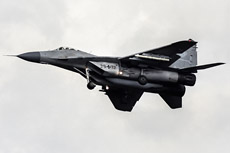
|
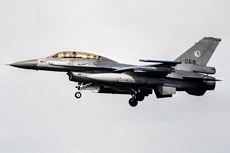
|
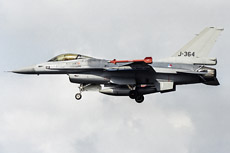
|
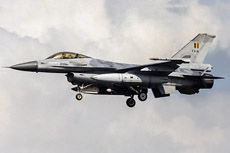
|
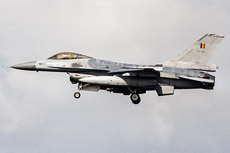
|
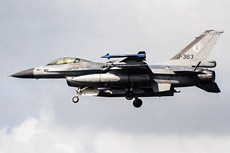
|
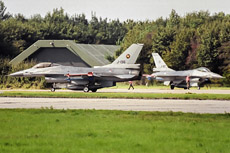
|
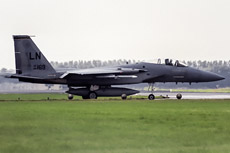
|
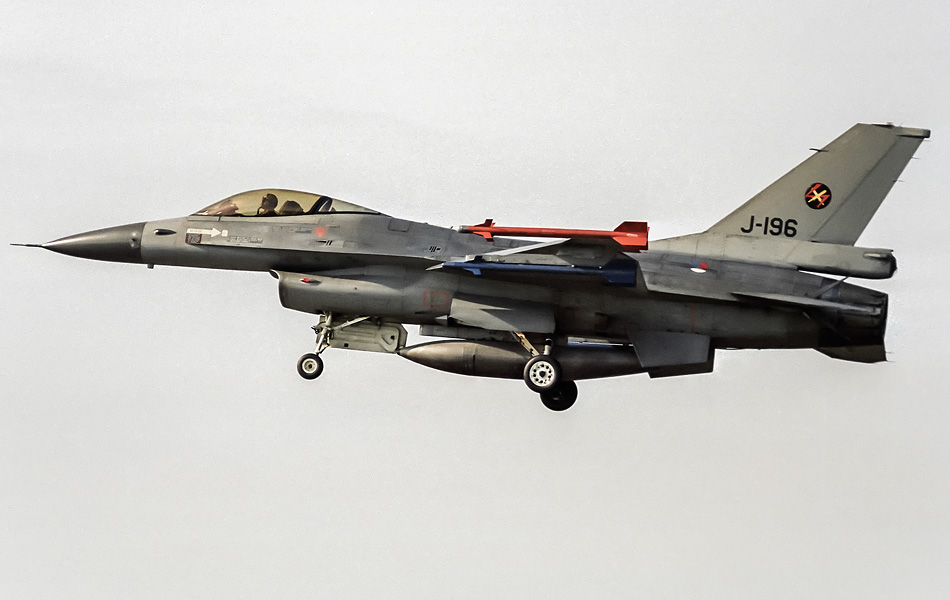
|
territory was no longer an effective strategy in a new world order in which the interdependence of the countries became ever larger. After a momentary excitement and a sense of victory within NATO, the realization arose that a fundamental discussion on the question "why NATO is necessary" was necessary. The NATO presented a new strategic concept in November 1991. In this the importance of deterrence and collective defense became smaller. The importance of expeditionary action during peacekeeping operations and crisis operations actually increased. This method of action led to a large reduction in the number of troops in the United States and Europe. Instead of large armies, there were more small armies which were more mobile, flexible and adaptable. This new focus led in 1994 to the Combined Joint Task Force (CJTF) concept that multinational units with a short reaction time can deploy expeditionary anywhere in the world. In the same year, the Partnership for Peace program was launched to enter into new relationships with non-NATO countries. A number of those countries later joined NATO.
At the beginning of the 90s, the Dutch fighter pilots were all trained in defending the country and Europe in an attack by the Soviet Union from the east. To train the pilots for deployment in the new world, a new training program would be set up. The exercise Frisian Flag was created in 1992 when the 323 Squadron of the Royal Netherlands Air Force gave up the role as frontline unit and received a tactical training task. The 323 Squadron became responsible for updating existing tactics, procedures and processes. The training of pilots and instructors on the F-16 played the leading role. The unit was renamed as the 323 TACTESS (Tactical Training Evaluation and Standardization Squadron). The TACTES squadron would develop the training sessions and tactical training sessions in which unequal or combined air combat missions play an important role. The first major tactical exercise organized by the squadron was the exercise Diana Tactical Integrated Training in 1992. The exercise was also referred to as DIATIT. Diana is the goddess of the hunt and is also depicted in the emblem of the 323 Squadron. In the 90s Diana was also regularly portrayed with the naked chest on the tail of the F-16s. The exercise DIATIT was a great success and was exactly what the Dutch F-16 pilots needed to adapt to the changing circumstances in the modern world. The 323 TACTES Squadron was also commissioned by the defense staff to further develop this exercise into structural training.
The exercise was extended from 1993 by the success of the previous year. More participants would participate and the exercise would be coordinated by an E-3 Sentry from Geilenkirchen. By the participation of these AWACS, the name of the exercise was changed to DIAWACS. This name combines the name of the Sentry with that of Diana of the 323 TACTES Squadron. The participation of this well-known radar aircraft ensured that the exercise soon grew into a real war scenario. The exercise DIAWACS was eventually held in various forms until 1997. All exercises in this period took place at Leeuwarden Air Base in Friesland. In order to make the exercise more widely known, the name of the exercise was changed to 'Frisian Flag' from 1999. This name is better heard internationally and refers and is related in design to exercises such as Red Flag in the United States and Maple Flag in Canada. Both of these exercises are very similar and very effective, but also extremely expensive for European countries. The purpose of Frisian Flag is to make the costs of such a military exercise manageable without compromising the quality of the training. From a military point of view, Frisian Flag is an important exercise which would receive international recognition and appreciation. From 1999 the exercise will be held every year and the exercise has grown into the European version of the Red Flag and Maple Flag.
|
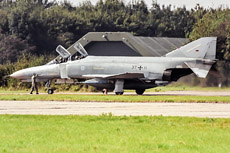
|
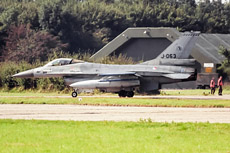
|
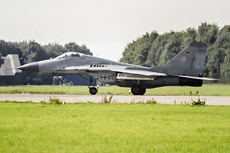
|
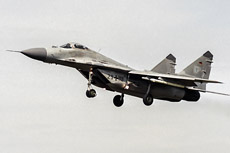
|
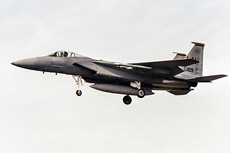
|
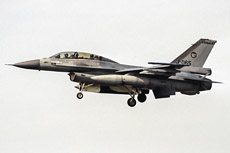
|
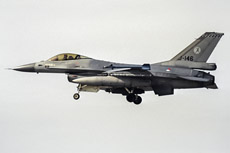
|
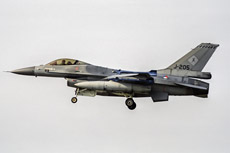
|
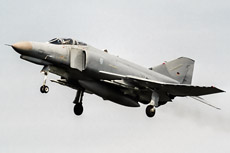
|
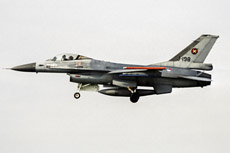
|
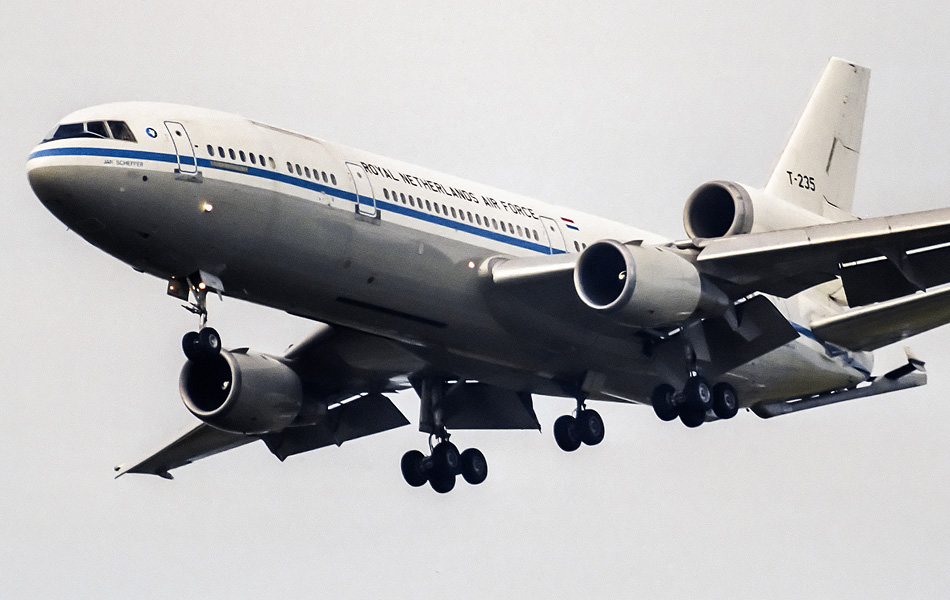
|
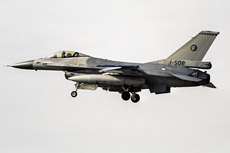
|
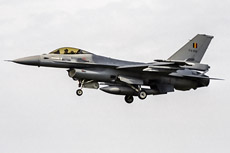
|
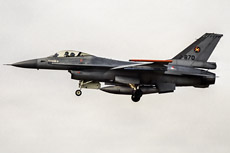
|
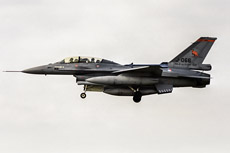
|
|
|

|







